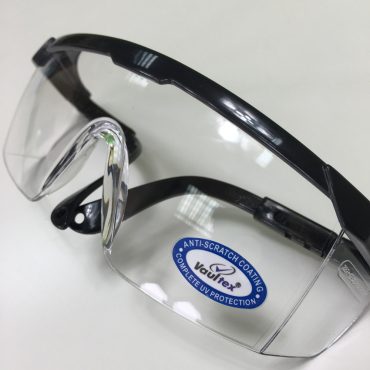

In the 1990’s, if you wanted to do high-speed interactive 3D, you used OpenGL. With the problems VRML was experiencing from incompatibility and external vendors, the entire Cosmo division was shut down in an effort to save money. Unfortunately, the tide began to turn for SGI shortly afterwards when the stock price tumbled and the CEO (Ed McCracken) left the company. Even before this Cosmo was the #1 VRML viewing application in deployment, and this made it even more so.
#SGI VIEWKIT SOFTWARE#
After the acquisition, the Russian-founded company was relocated to Mountain View and integrated into the Cosmo Software division. ParaGraph developed tools for building VRML environments, and SGI’s Cosmo allowed users to view and interact with VRML environments. The move was a step toward cementing SGI’s hold on VRML and further the rollout of “Cosmo”, their web-based VRML Viewer plugin.

In 1997, SGI acquired ParaGraph, a tiny 3D Internet software developer, for an undisclosed sum. WAM!Net was acquired by Savvis one year after the conclusion of the agreement, in 2003, for $16million. WAM!Net eventually begin to spread out into encrypted content delivery services, offering their services to the recording industry (secure transmission of music over the internet, instead of via CD), medical industry (a solution to HIPAA concerns), and the US Military. So Alias makes the render software, WAM!NET provides the distributed software, and SGI provides the hardware. Chris Landreth, Alias’ in-house artist-and the creator of that Siggraph favorite, the malicious Bingo the clown-began rendering with ROD! in September on his latest production, A Trip to Renee’s House. SGI created the custom cluster of servers that ROD! employs, pulling together hundreds of MIPS processors to build the renderfarm.

That collaboration might be expected, since SGI that partnered with WAM!NET to create the rendering service. The combination looked promising, and from reports from SIGGRAPH1999 were positive: Īt the show, WAM!NET and Alias announced co-marketing and sales to the installed base of Maya users. SGI paid $75Million and gave up their $40M Eagan, Minnesota campus for the deal. In 1998, SGI sealed a deal with up-and-coming WAM!Net that would make SGI the sole provider of WAM!Net hardware and give them an 8% stake in the company, and obligate WAM!Net to purchase a minimum of $35M worth within the next 2 years. Our insider has send us a picture of a beautiful Tag Heuer sports watch valued $1100, that was given to every employee as a bonus one year.ġ995 was the same year that SGI acquired Alias and Wavefront Research. Few people, however, realize the lengths that SGI went in order to keep their employees in the “latest fashion”. Customers as well found shirts and coffee mugs a standard staple of anyone buying a system. Every employee was inundated with t-shirts, jackets, polos, bags, and more swag than they could possibly deal with. SGI employees were fond of the saying “It’s not a job, it’s a wardrobe”. One thing to note when talking about SGI’s hires and acquisitions is the amount of money SGI spent on internal “gifts” to employees. In this chapter we investigate some of the smaller technologies and companies that SGI failed to get off the ground. The history of SGI is ripe with failed endeavors to drum up PR and interest. We’ll begin at the Top:Ĭhapter 3: Hardware Problems Chapter 4: False Starts The story has never been told, until now. So come on inside and witness the saga of what really happened to SGI over the years. The story is far too long and involved for a single post, so I’ll be adding it in chapters over the next few days.
#SGI VIEWKIT FULL#
It’s an amazing story full of minor hardware glitches that wound up costing millions, bone-headed oversights during acquisitions, and basic mismanagement of a billion dollar company. Shortly after I published my SGI Special Edition Podcast, I was contacted by a former SGI Engineer (who preferred to remain Anonymous) with several stories to tell of what happened to SGI.


 0 kommentar(er)
0 kommentar(er)
